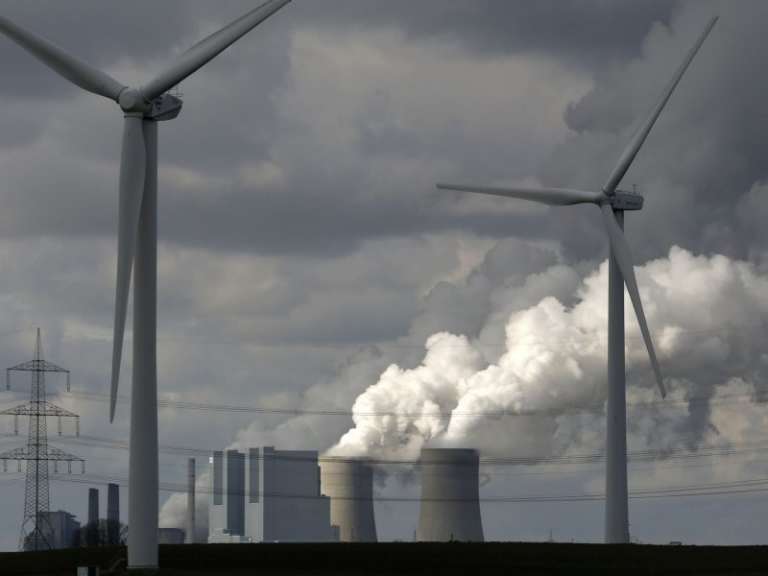Owners and operators of fossil fuel power plant assets are facing significant changes in wholesale power markets that dramatically affect plant missions and corresponding capital and operating decisions. Of the many forces reshaping the marketplace, arguably the most important is the increasing role of solar photovoltaics (PV) and wind energy.
Solar and Wind Energy Are Reshaping Wholesale Power Markets
As PV and wind technologies have matured and the companies bringing PV and wind products out of the lab and into mass manufacturing and real-world deployment have become more experienced and sophisticated, the costs of wind and solar energy have fallen dramatically. In fact, as Black & Veatch notes, electricity from utility-scale wind and solar farms can (in certain places) compete with electricity produced by fossil fuel power plant assets on a dollar-per-megawatt-hour basis. Accordingly, renewables have transitioned from essentially not being a factor not long ago to being a major player in the US power generation sector.
To be sure, wind and solar are not consistent sources of generation: PV modules don't produce electricity at night and wind turbines don't spin during still weather conditions. Power grid operators accept wind and solar power when it's available, but otherwise rely on dispatchable sources of energy—primarily, fossil fuel power generation assets—to meet regional electricity demands at all times, day or night, still or windy.
Even though renewable energy has by far been the fastest-growing segment of the power generation sector in recent years, it has decades of catching up to do in order to equal the fossil fuel power asset base. Data from the Energy Information Administration (EIA) reveals that fossil fuel power generation still satisfies the vast majority (64 percent) of US electricity needs, so its critical role in the power mix is assured for a long time to come.
However, the emergence of a substantial and rapidly growing base of intermittent renewable generation creates challenges for grid operators and owners of other generation assets, upending the historical ways in which assets have been used and how asset investment decisions need to be made.
The Tidy Succession of Conventional Plants Is Over
Since the inception of the electricity industry more than 100 years ago, the prevailing planning and operational paradigm has involved meeting ever-growing demand needs by periodically building new power plants. These new plants offered lower operating costs, enabled by technological advancement. Upon completion, the new plants were put into baseload operation, involving around-the-clock utilization to take the fullest advantage of their lower operating costs. To accommodate the new capacity, the incumbent fleet of power plants, mainly of older, less-efficient vintages, would be relegated to lower-duty missions. These missions initially entailed various degrees of intermediate utilization involving ramping output up and down as necessary. From there, older plants saw various degrees of peaking utilization involving periodic plant shutdowns and start-ups. Finally, these aging plants were placed on standby duty. If no longer necessary, even for contingency purposes as a standby asset, the highest-cost, least-efficient plants were retired.
This historical paradigm for building and maintaining the electricity industry—involving building new baseload generation facilities to meet load growth, retiring the least-efficient facilities when they were no longer necessary, and shifting the remaining fleet into lesser roles—generally worked fine for the 20th century. However, in recent years, with increasing penetration of intermittent renewable energy sources to the power generation base, this paradigm is being overturned.
A Shifting Power Paradigm Demands New Definitions and Missions
According to the EIA, the majority of recent additions to the US power generation capacity mix have been from wind and solar, which cannot operate in baseload mode. This means that the installation of new power generation capacity is no longer reducing the role of the remaining generation fleet in an orderly way, where incumbent plants are pushed further down the dispatch order as they age and as successive capacity additions come online. Instead, the rest of the generation fleet is required to ramp up and down in response to variations in both intermittent renewable energy supplies and electricity demand. This more erratic pattern of ramping is altering—and in some cases ending—the long-standing, tidy definitions of intermediate and peaking missions for aging power plants.
In short, the missions that fossil fuel power plants may serve during their lifetimes are evolving. The missions that have traditionally been of relevance are shrinking, and new ones that are less well-defined are emerging.
As the range of potential missions for fossil fuel power plants expands in response to the major changes that are occurring in wholesale power markets, it is incumbent upon asset owners and operators to evaluate power plant upgrade alternatives to enable new missions. Asset owners and managers should undertake this evaluation in the context of the shifting power paradigm. They should take a more sophisticated approach to power generation investment and management decisions at both the fleetwide and individual asset levels that better reflects the emerging market dynamics. In so doing, fossil fuel power plant owners and operators will be better able to make capital and operating decisions that will create and capture more value under a wider range of conditions with less potential downside.
